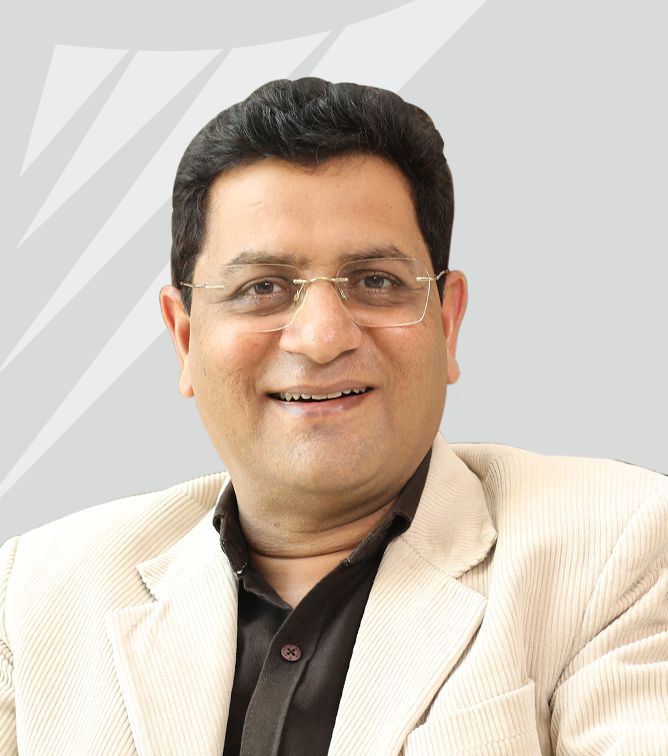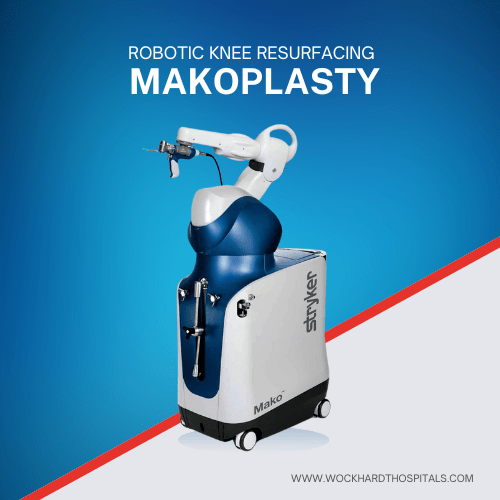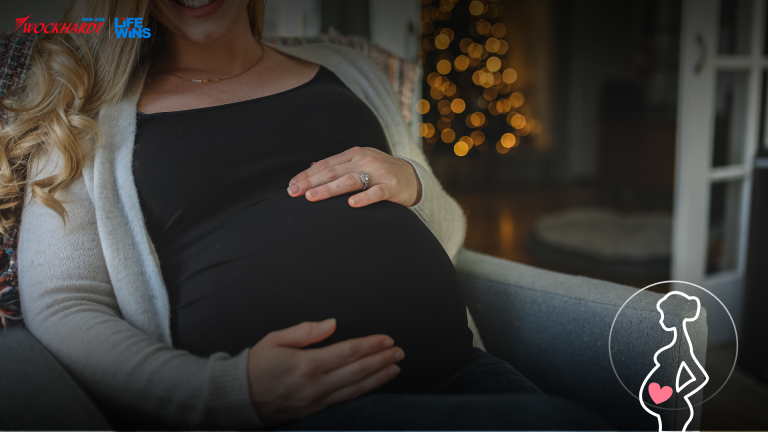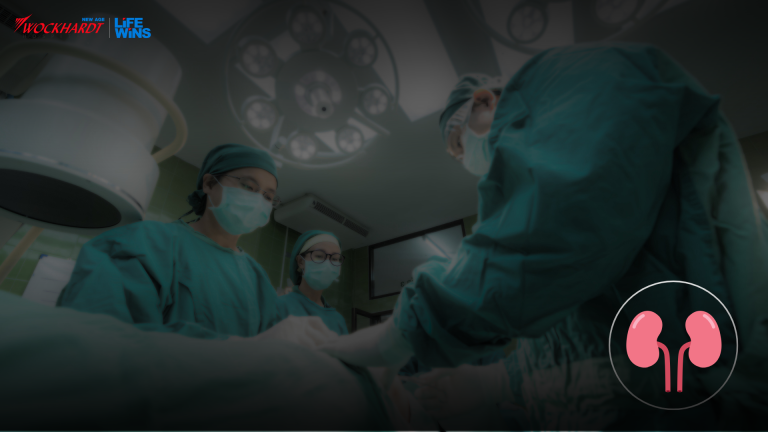Home » Medical Procedure » Myomectomy
Best Hospitals For
Myomectomy Surgery
in India
What is a Myomectomy?
Myomectomy is a surgical procedure used to remove fibroids from the uterus. The uterine fibroids are non-cancerous growths in the uterus, that usually occur in women of childbearing age, although they can happen at any age. These fibroids can appear at the inside or on the outside the uterus and vary in size.
Myomectomy helps remove these uterine fibroids without removing the uterus, much unlike a Hysterectomy. Keeping the uterus intact allows the patient to undergo a normal pregnancy. After the procedure, patients report a noticeable decline in the severity of symptoms, including heavy bleeding during menstruation and pelvic pressure.
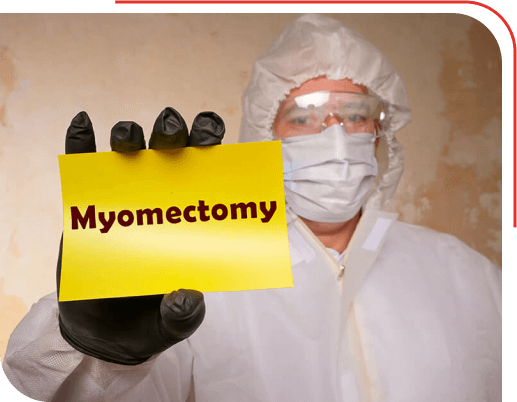
Renowned Myomectomy Surgeons
at Wockhardt Hospitals
- Mumbai Central
- Mira Road
- Nagpur
- Rajkot
Signs and Symptoms of Myomectomy
Myomectomy may be used to remove uterine fibroids from the uterus, but mainly to treat many symptoms related to menstruation. This surgical procedure helps retain the patient’s uterus so that they can become pregnant in the future.
Some of the symptoms treated with Myomectomy include:
- Heavy Menstrual Bleeding: Fibroids may cause heavy bleeding during menstruation, and removing these fibroids may help relieve symptoms.
- Irregular Bleeding: The presence of fibroids in the uterus may also cause irregularities in the menstrual cycle, which may be treated by Myomectomy.
- Bleeding during Non-menstrual period: Fibroids may cause bleeding and spotting between two successive menstrual cycles.
- Pelvic Pain: Pain and pressure in the pelvis due to fibroid formation may be treated by Myomectomy.
- Urine Retention: Fibroids present in the uterus may put pressure on the bladder and not let the bladder empty fully, which can also be treated with Myomectomy.
The exact cause of fibroids is still being explored by researchers and scientists; however, certain hormonal changes, genetic changes, and certain growth factors have signaled their formation. These fibroids can cause many menstruation problems in women in their childbearing age and even hinder conception and pregnancy. To remove these barriers, Myomectomy may be useful for women who still wish to become pregnant after surgery.
Types of Myomectomy
Myomectomy procedure may be performed depending upon several factors, and the type of Myomectomy to be performed may be chosen by our surgeons accordingly. The factors affecting the surgical procedure include:
- Size of the fibroids
- Number of fibroids present
- Location of the fibroids inside the uterus
Based on these factors, Myomectomy may be performed in three ways:
- Open Myomectomy
- Minimally Invasive Laparoscopic Myomectomy
- Hysteroscopic Myomectomy
Diagnostic Tests Performed for Myomectomy at Wockhardt Hospitals
Before deciding upon a Myomectomy procedure, certain diagnostic procedures may indicate the presence of fibroids which may be causing the severity of menstrual symptoms or hindrance to pregnancy. These diagnostic tests may include the following:
- Ultrasound to get a picture of the uterus (Transabdominal or Transvaginal).
- Lab tests such as complete blood count in case of heavy menstrual bleeding.
- Imaging tests like Magnetic Resonance Imaging (MRI), Trans vaginal ultrasound, Hysterosalpingography, and Hysteroscopy.
How is Myomectomy Surgery Performed?
Myomectomy using one of the available methods may be performed depending on the size, number, and location of the fibroids.
Open Myomectomy:
This is a traditional method of performing a Myomectomy, done with the help of abdominal incisions. These incisions may be done vertically or horizontally, as deemed fit by the surgeon. This type of Myomectomy procedure is preferred when the fibroids are larger, and the surgeon requires a vision of the surrounding organs so that they are not harmed during the surgery.
Laparoscopic Myomectomy:
This is a minimally invasive type of Myomectomy procedure that involves making small keyhole size cuts in the abdomen and using a telescope to provide the vision of the insides during the surgery. The fibroids may be removed through the vagina or through small cuts in the abdomen. This procedure may be is assisted by a robotic hand. These days, even larger fibroids can be dealt with by laparoscopy due to advancement in equipment & surgical techniques.
Hysteroscopic Myomectomy: If the fibroids inside the uterus can be accessed through the vagina, no incisions may be required, and surgery may be done to remove the fibroids through the vagina. Using a telescope inserted into the uterus through vaginal route.
Before Procedure?
Before the procedure, the chosen healthcare provider may inform of all the preparations necessary. This may include general instructions such as avoiding smoking and drinking, or eating for up to a few hours leading to the surgery. If the patient is taking any medications, the healthcare provider may change the usual routine following up to the surgery. If the patient is taking Vitamin supplements or any other dietary supplements, the doctor may make some changes in the dose or recommend changes in the usual routine of taking them.
In the operating room, before the surgery, the patient may be put on general anesthesia or on monitored anesthesia care. The patient is likely to sleep through the operation with a tube placed through the throat or may not require a tube insertion if they are being monitored. The support staff may put the patient on Intravenous (IV) administration while the patient is under anesthesia.
During Procedure?
The time required for the surgery to be performed depends upon the type of Myomectomy to be performed. Usually, it takes about two to three hours to perform the surgery. The surgeon may make one or small incisions if laparoscopic Myomectomy is to be performed or no incision at all if hysteroscopic Myomectomy is to be done. In the case of an open Myomectomy, a larger and open incision may need to be made on the abdomen.
After Procedure?
After the procedure, the patient may need a hospital stay for a few days; the length of hospital stay may depend upon the type of Myomectomy procedure performed. The doctor may prescribe certain medications for use during the recovery period. There may be some vaginal spotting for a few weeks. Laparoscopic route needs smaller duration of stay and gives quicker recovery for the patient.
After Treatment, How to Recover Fast?
Recovery after Myomectomy depends upon which procedure has been performed. Typically, open Myomectomy takes longer to recover from than laparoscopic Myomectomy. With an open Myomectomy, it may take about 6 to 8 weeks to recover fully, while a laparoscopic Myomectomy may require about one to two weeks for recovery. Pain medications may also be recommended during the recovery period to manage any pain after the surgery.
Risk Factors for Myomectomy
Although Myomectomy done at Wockhardt Hospitals has a very low chance of complications, there might still be some risks after the surgery. The complications associated with Myomectomy may include:
- Excessive blood loss
- Scar tissue
- Infection
- Blood clots
- Pregnancy or childbirth complications






